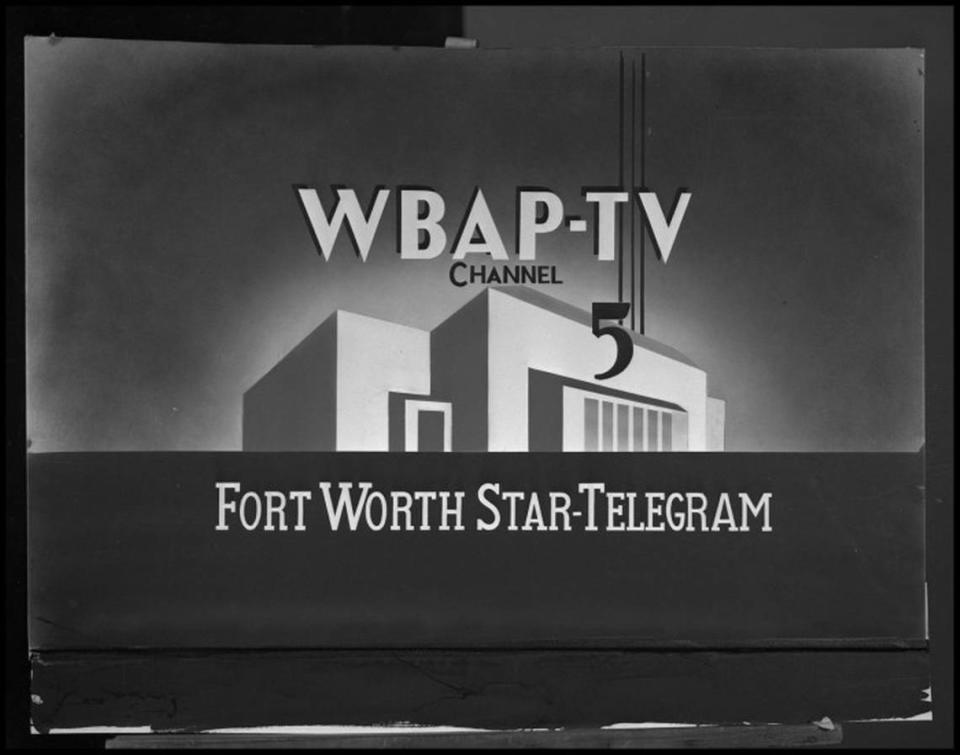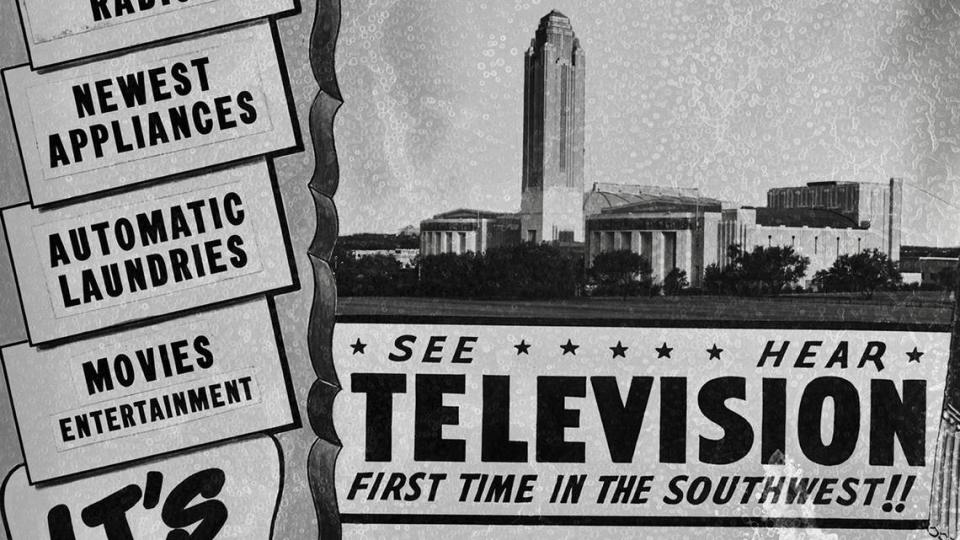Channel 5 is 75! But did you know this about NBC’s historic TV station in Fort Worth?
- Oops!Something went wrong.Please try again later.
When a tiny, fuzzy President Harry Truman walked into Dallas-Fort Worth living rooms in 1948, he brought every home showbiz.
Seventy-five years of “Seinfeld,” newsfilm, weather radar and Dallas Cowboys drama later, we remain fascinated by television.
At first, “we came home and turned on the TV just to look at the screen,” the late George Ann Carter Bahan of Fort Worth said in 2018.
She was Mrs. Amon G. Carter Jr. in 1974, when that Fort Worth and Texas communications family finally sold WBAP-TV, now NBC 5 KXAS.
When Amon G. Carter Sr. founded the station in 1948, it was not only the first TV station in Texas or the Southwest.
It was the first station anywhere south of St. Louis or west of Richmond, Virginia, all the way to Los Angeles.
“Back when it started, we’d watch TV even when there wasn’t a show,” George Ann Bahan said. “We couldn’t believe it.”
Four hundred viewers were tuned in and watching new black-and-white TVs on Sept. 27, 1948, when what was then WBAP/Channel 5 went on the air two days earlier than planned.
The first broadcast was a special report. It showed Truman speaking at the Texas & Pacific Railway Station, now the T&P Station commuter rail terminal downtown.
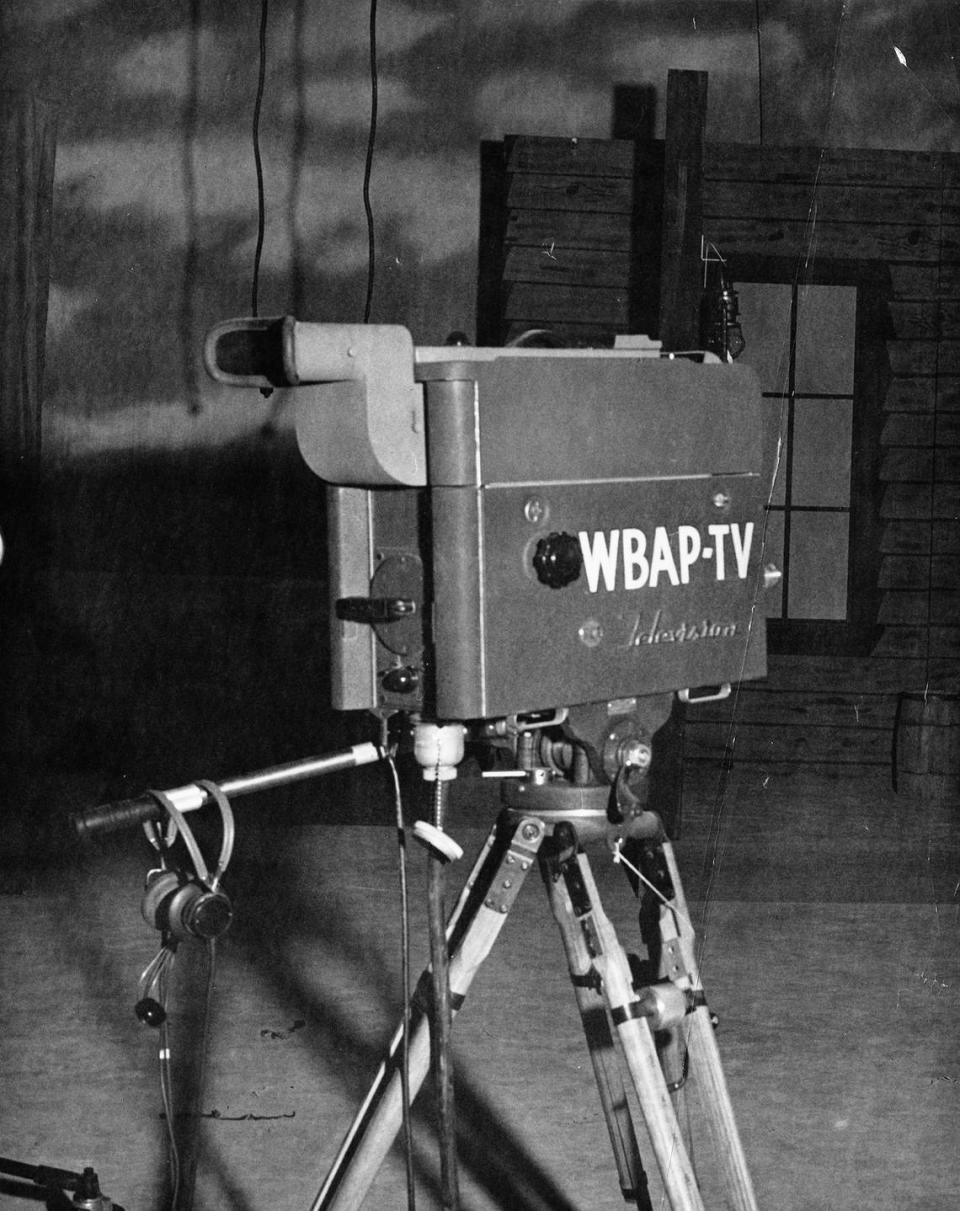
Two days later, Channel 5 went on the air to stay.
An old movie, “The Scarlet Pimpernel,” was followed by “The Texas News,” for most of a decade rated not only DFW but also the nation’s No. 1 TV newscast.
For its 75th birthday, here are five things you might not know about now NBC-owned KXAS/Channel 5:
1. Serious TV weather started here.
Radio and TV hosts had always read forecasts.
But Channel 5 was the first TV station to build a local newscast around a professional weather team.
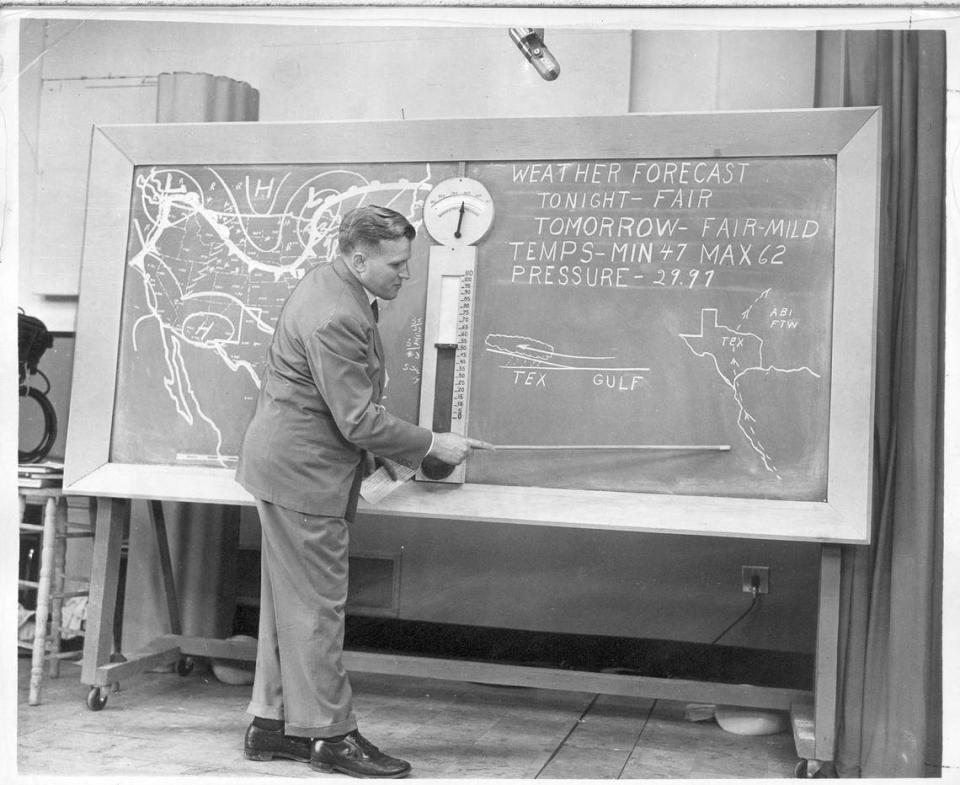
On Oct. 31, 1949, after the Monday night TV wrestling, a team of three staff meteorologists on loan from American Airlines launched the nightly “Weather Tele-Facts” (later “Telefax”) segment, the nation’s first.
Harold Taft (1922-1991) became the station’s best-known local personality over a 42-year career. He was affectionately nicknamed the “World’s Greatest Weatherman.”
In July 1959, Channel 5 added Texas’ first storm radar.
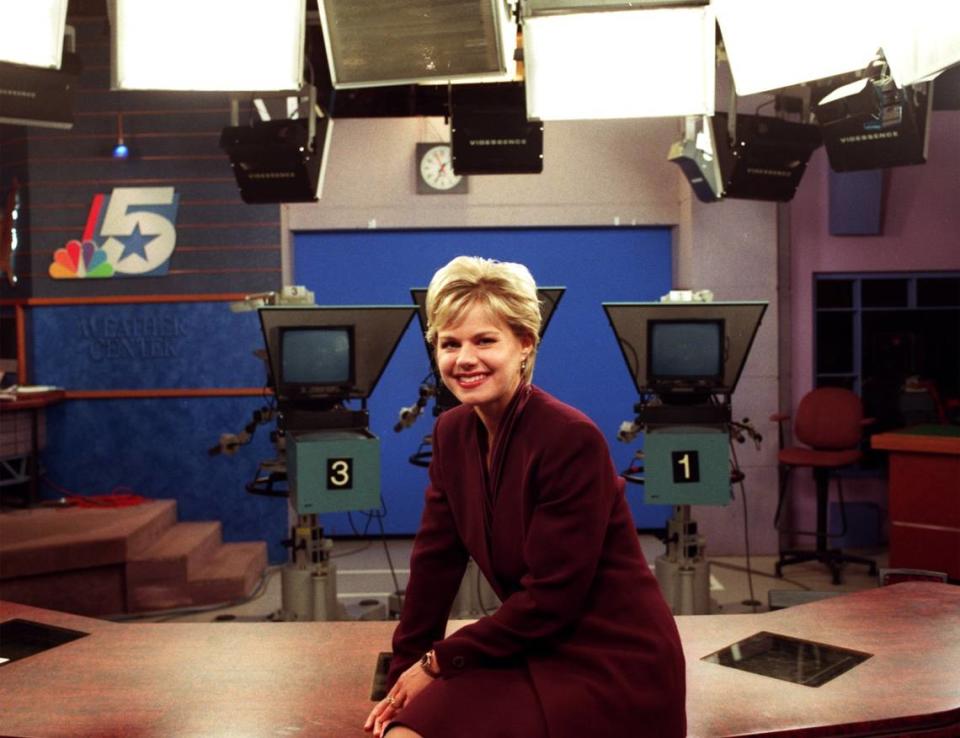
2. Serious news anchors started here.
Former Fox News anchor Gretchen Carlson worked as a reporter and anchor at Channel 5 in 1999-2000, before her Fox job that led to Roger Ailes’ ouster and helped launch the #MeToo movement.
Star-Telegram archives show that Carlson reported often on women’s causes. She helped raise money for women’s shelters and crisis centers.
She was played by Naomi Watts in the 2019 Showtime series “The Loudest Voice.”
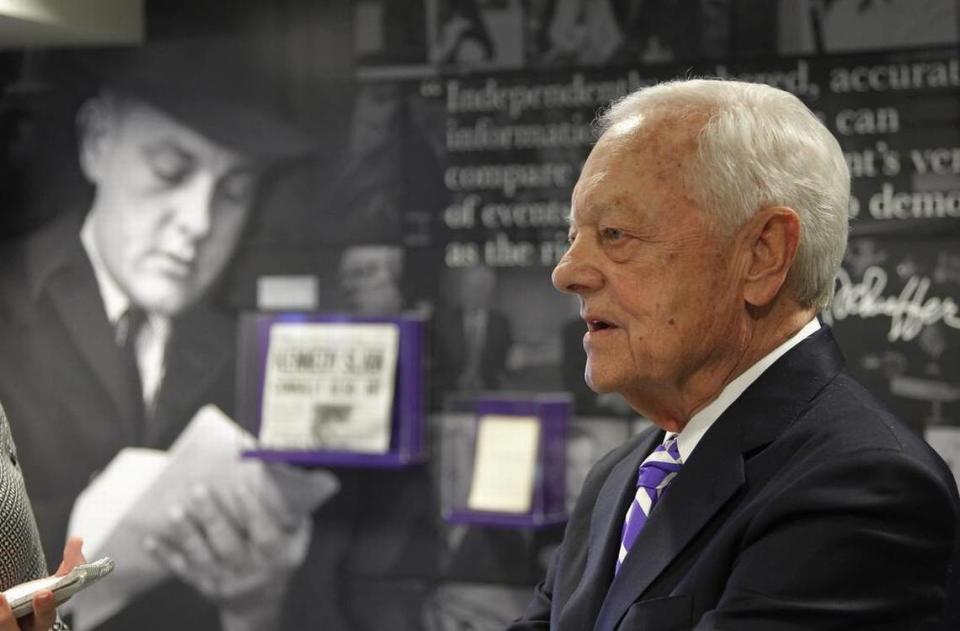
Most Fort Worth folks know that CBS News contributor and three-time presidential debate moderator Bob Schieffer started at Channel 5 as “Texas News” anchor in 1966.
He transferred to the TV station from a Star-Telegram reporting career that had taken him to Vietnam to search down and interview local soldiers.
He moved to WBAP when the TV station switched away from a film-newsreel format.
Fewer know that “60 Minutes” correspondent and former CBS anchor Scott Pelley’s first big-city job was at Channel 5.
He was a producer and editor in 1978-81. In a 2014 DFW.com profile, he said: “My favorite years were reporting in Texas. I’m a Metroplex guy.”
Another former KXAS host was later outed by the #metoo movement.
Charlie Rose started his talk show career on KXAS April 2, 1979, when he was the station’s newly arrived program director. His show debuted weekday mornings before “Donahue.”
Former NBC “Sunday Today” anchor Boyd Matson was a KXAS sports anchor. Former Ambassador Karen P. Hughes was a reporter.
Show host and movie critic Bobbie Wygant started at Channel 5 in 1948 and worked fulltime for 51 years before switching to a contributing role. She is recognized as the first woman in Texas and the Southwest with her own TV show, and the region’s first TV movie critic.
3. Bob Schieffer flubbed his debut.
Schieffer’s first Channel 5 appearance was a milk commercial.
But it went sour.
In 1954, when he was at North Side High School, Schieffer and other students were studio guests for a Saturday teen dance show hosted by a “soda jerk” college student from Denton, future singing star Pat Boone.
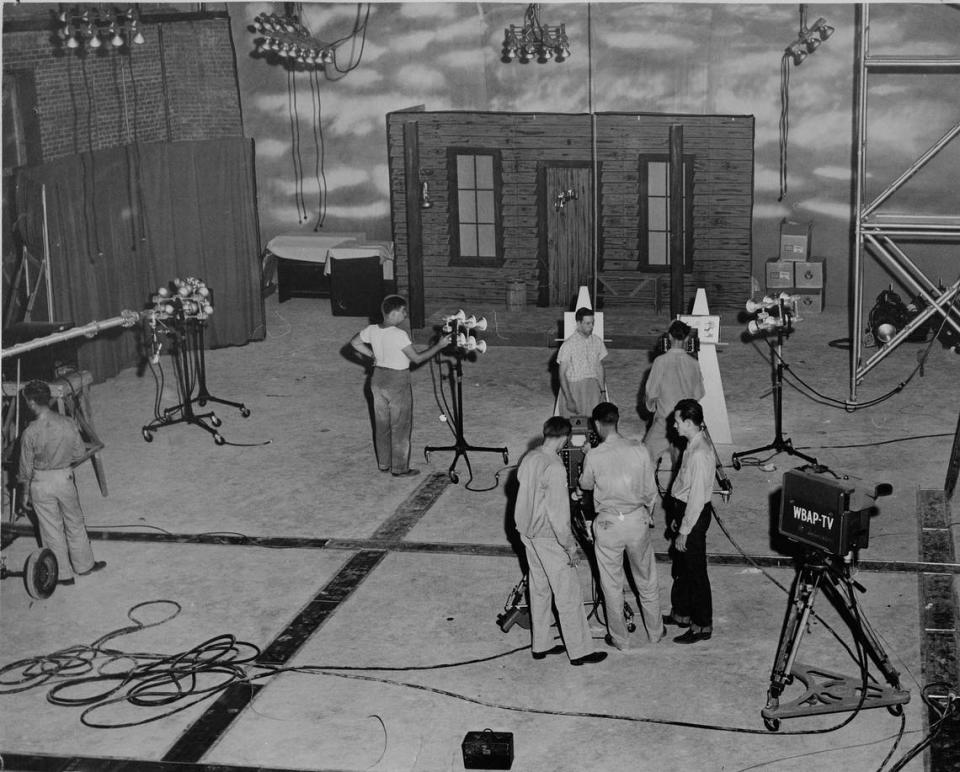
The show was named “Foremost Teen Times” and sponsored by Foremost Dairies.
For a commercial, Schieffer was supposed to pour milk, take a drink and say, “That Foremost milk is sure good.”
“I got it perfect,” he wrote by email.
“Except for saying, ‘That Vandervoort’s milk is sure good.’ “
Vandervoort’s was a competitor.
“I was never invited back until I became the station’s news anchor,” he wrote.
4. What ‘WBAP’ stands for.
For generations, almost since the day in 1922 when radio station WBAP went on the air from the old Star-Telegram building downtown, historians have told how President Herbert Hoover named it WBAP for “We Bring a Program.”
True, except the Star-Telegram reports of that day tell another story.
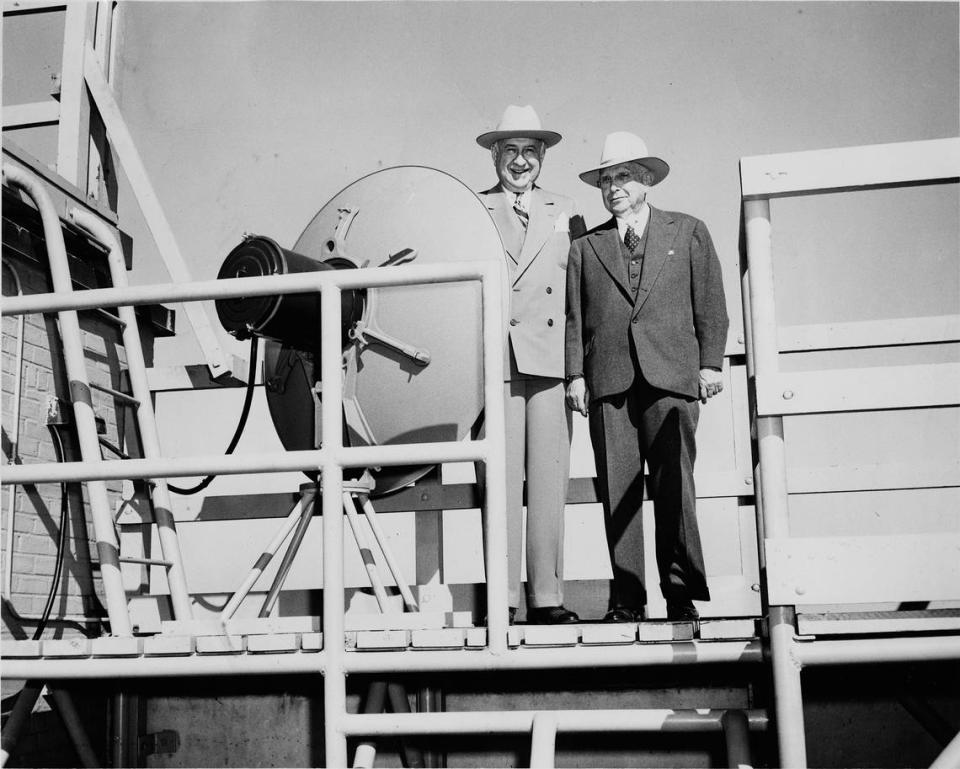
The federal official issuing licenses, Chief Radio Supervisor W.D. Terrell of the U.S. Department of Commerce, announced that WBAP stood for “Will Be at Party.”
“All of the radio fans will want to be at the radio parties given by the Star-Telegram station,” Terrell said.
One more WBAP radio story: Founder Amon Carter was always a futurist.
Yet he thought radio’s potential had limits.
When he started the radio station, Carter gave newspaper executive Harold Hough $300 and said, “When that $300 is gone, we’re out of the radio business.”
WBAP/820AM and 99.5FMHD-2 remain in business to this day.
5. Where to find all this history
The Star-Telegram’s online archives at newspapers.com cover WBAP in detail.
For example, that’s where you learn that the first place in Fort Worth to gather and watch TV was a bar: the Tap Room, 810 Main St.
The first live TV sports event in Texas was a Paschal High School-Amarillo football game from Farrington Field on WBAP.
(But WBAP had already filmed a Fort Worth Cats playoff game where manager Bobby Bragan homered.)
The jackpot of WBAP and KXAS video history is at the University of North Texas University Libraries Special Collections, where decades of “Texas News” scripts are posted online and some old newsfilm has been processed and posted.
“In the first decade, it’s insane what they covered,” said the library’s Morgan Gieringer.
“There’s all these dead bodies, people being pulled out of wrecked cars — you really get to see the birth of the medium.”
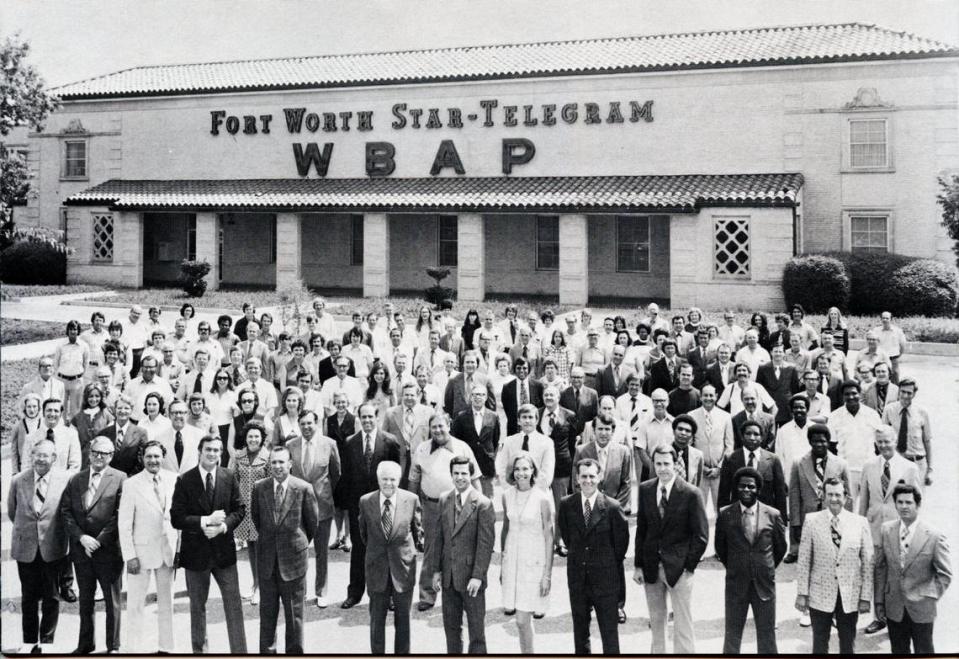
You see movie stars like Joan Crawford visiting, and the region’s sports history plays out.
All the city’s legends are here, from the 1954 escape of Pete the Python to the 1960s sightings of the Lake Worth Monster.
The collection includes 20,000 news reports and 45,000 scripts, all searchable online.
It costs $7,500 per month of film to preserve it all, so consider a donation to UNT.
SMU’s Jones Film Collection has WFAA/Channel 8’s news archives — help them, too.
“The coverage was really local,” Gieringer said: “They covered the Soap Box Derby, and beauty pageants, and school openings.”
That’s the Channel 5 we remember.
